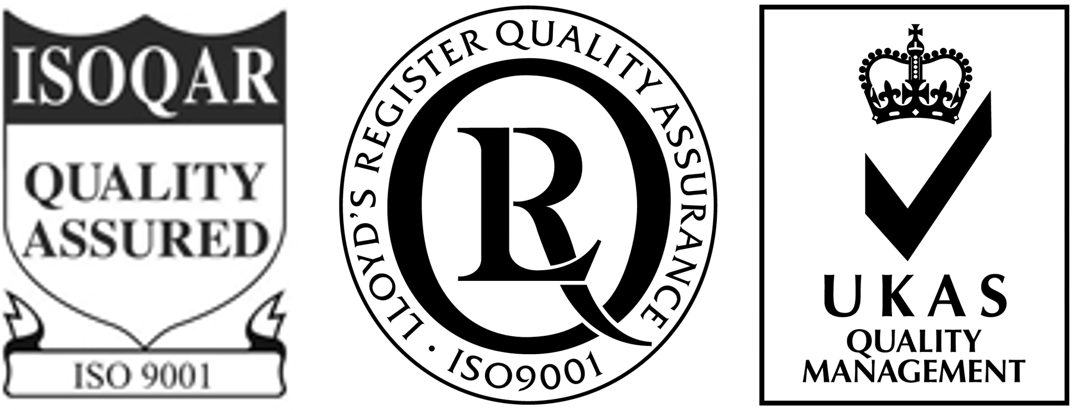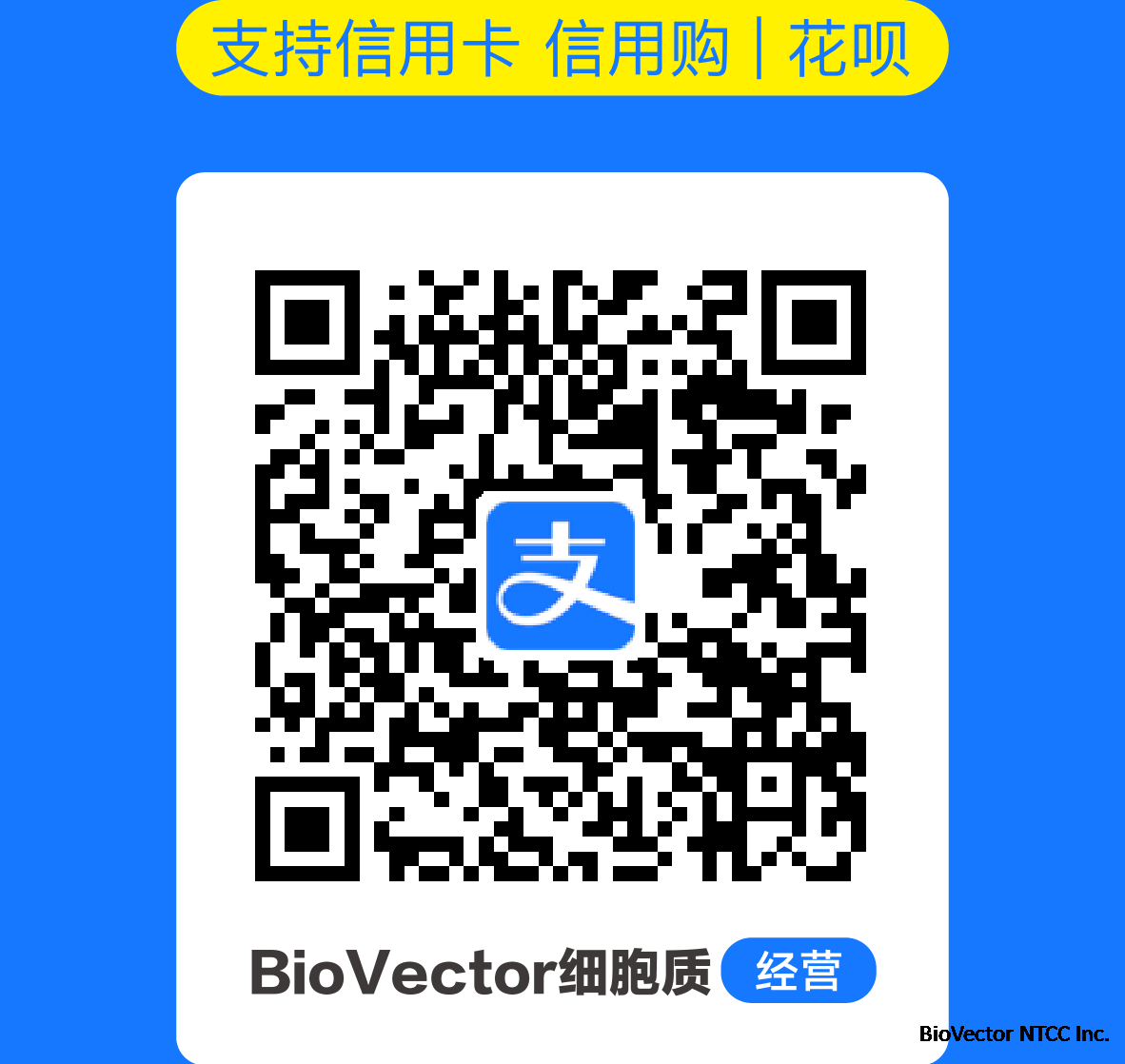Platinum-GP (Plat-GP) Retroviral Packaging Cell Line逆转录病毒包装细胞株 BioVector NTCC质粒载体菌种细胞基因保藏中心
- 价 格:¥79835
- 货 号:Platinum-GP (Plat-GP) Retroviral Packaging Cell Line逆转录病毒包装细胞株
- 产 地:北京
- BioVector NTCC典型培养物保藏中心
- 联系人:Dr.Xu, Biovector NTCC Inc.
电话:400-800-2947 工作QQ:1843439339 (微信同号)
邮件:Biovector@163.com
手机:18901268599
地址:北京
- 已注册
Platinum-GP (Plat-GP) Retroviral Packaging Cell Line逆转录病毒包装细胞株 BioVector NTCC质粒载体菌种细胞基因保藏中心
Higher retroviral yields: average titer 106 to 107 infectious units/mL with transient transfectionLonger stability: up to 4 months in the presence of drug selectionProduce VSVG-pseudotyped pantropic retrovirus, which can easily infect cells of nearly any speciesConventional cells used for retrovirus packaging, such as those based on NIH3T3 cells, have limited stability and produce relatively low yields of retrovirus, mainly due to the poor expression of retroviral structure proteins (gag, pol and env) in the cells.The Platinum Retroviral Packaging Cell Lines are based on the 293T cell line. They exhibit longer stability and produce higher yields of retroviral structure proteins. Plat-GP cells contain the gag and pol genes required for retroviral packaging; an expression vector is co-transfected with a VSVG envelope vector.BackgroundRetroviruses are efficient tools for delivering heritable genes into the genome of dividing cells. However,conventional NIH-3T3 based retroviral packaging cell lines have limited stability and produce low viralyields, mainly due to poor expression level of the retroviral structure proteins (gag, pol, env) in thepackaging cells.The Platinum-GP (Plat-GP) Cell Line, a potent retrovirus packaging cell line based on the 293T cell line,was generated using novel packaging constructs with an EF1α promoter to ensure longer stability andhigh-yield retroviral structure protein expression (gag and pol). Plat-GP cells can be kept in goodcondition in for at least 4 months in the presence of drug selection, and can produce retroviruses with anaverage titer of 1 x 107infectious units/mL by transient transfection. In addition, replication competentretroviruses (RCR) are virtually nonexistent because only coding sequences of viral structural genes areused, avoiding any unnecessary retroviral sequences.The Plat-GP cell line allows you to select the envelop according to the tropism needed. The viral envgene, such as VSV-G, must be cotransfected with the retroviral expression vector. The Plat-GP cell line isdesigned for rapid, transient production of high-titer retrovirus.Figure 1. Jurkat cells were infected with GFP retrovirus supernatant produced in Plat-GP cells aftertransfection. Medium1. Culture Medium: DMEM, 10% fetal calf serum (FCS), 10 µg/mL blasticidin, penicillin andstreptomycin2. Freeze Medium: 70% DMEM, 20% FBS, 10% DMSOMethodsI. Establishing Plat-GP Cultures from Frozen Cells1. After quickly thawing the cells in a 37ºC water bath, immediately transfer the thawed cellsuspension into a 15 mL tube containing 10 mL of culture medium.2. Centrifuge the tube for 5 min at 1300 to 1500 rpm.3. Discard the supernatant and break the cell pellet by finger tapping.4. Add a few drops of culture medium with gentle shaking and finger tap the tube a few times.5. Add 2 mL of culture medium to the tube and gently pipet the cell suspension up and down twice.6. Transfer the cell suspension to a 10 cm culture dish (Falcon® #3003 works well) containing 8 mLof culture medium.7. Swirl the culture plate well to mix the cells, then incubate the cells for three days beforeexpansion.Important Notes: Don’t change the culture medium during the first three days. It is normal to see somecells floating after the first 24 hours. Don’t culture cells to complete confluency. Split cells 4X to 6X every two to three dayswhen the culture reaches 70-90% confluency.II. Splitting the CellsNote: Avoid forming bubbles as much as possible during this procedure.1. Wash cells once with PBS.2. Add 4 mL of 0.05% Trypsin/0.5 mM EDTA solution to a 10 cm dish and incubate at 37ºC for 3-5min.3. Remove the cells from the dish surface by tapping the rim of the culture dish.4. Transfer 10 mL of the culture medium to a 50 mL tube.5. Using the same pipette with some residual culture medium, wash the dish surface gently threetimes in 4 mL of theTrypsin/EDTA solution.6. Gently pipette the cell suspension up and down 7 times and transfer the cell suspension into the 50mL tube containing 10 mL medium from step 4.7. Centrifuge the cells for 5 min at 1300-1500 rpm.8. Discard the supernatant and break the cell pellet by finger tapping.9. Add a few drops of culture medium with gentle shaking and finger tap the tube a few times.10. Add 5 mL of culture medium and gently pipet the cell suspension up and down twice.11. Add 15 mL of culture medium, then count and seed the cells. Typically 107cells can be harvestedfrom one 10 cm culture dish.Transfection1. Seed 2 x 106cells in a 60 mm culture dish without antibiotics including blasticidin one day beforetransfection.2. After 16 to 24 hours, start transfection when the culture becomes 70-80% confluent.Note: We suggest transfecting cells with FuGENE® Transfection Reagent (Roche AppliedScience) or Lipofectamine™ Plus (Invitrogen). For example, 3 μg DNA is mixed with 9 μLFuGENE® Transfection Reagent according to the manufacturer’s recommendation. The mixedDNA- FuGENE® complex is added by dropwise into the culture media.3. Harvest retroviral supernatant 48 hours after transfection.References1. Morita, S., Kojim, T., and Kitamura, T. (2000) Gene Therapy 7: 1063-1066.
Supplier来源:BioVector NTCC Inc.
TEL电话:+86-010-53513060
Website网址: http://www.biovector.net
Higher retroviral yields: average titer 106 to 107 infectious units/mL with transient transfectionLonger stability: up to 4 months in the presence of drug selectionProduce VSVG-pseudotyped pantropic retrovirus, which can easily infect cells of nearly any speciesConventional cells used for retrovirus packaging, such as those based on NIH3T3 cells, have limited stability and produce relatively low yields of retrovirus, mainly due to the poor expression of retroviral structure proteins (gag, pol and env) in the cells.The Platinum Retroviral Packaging Cell Lines are based on the 293T cell line. They exhibit longer stability and produce higher yields of retroviral structure proteins. Plat-GP cells contain the gag and pol genes required for retroviral packaging; an expression vector is co-transfected with a VSVG envelope vector.BackgroundRetroviruses are efficient tools for delivering heritable genes into the genome of dividing cells. However,conventional NIH-3T3 based retroviral packaging cell lines have limited stability and produce low viralyields, mainly due to poor expression level of the retroviral structure proteins (gag, pol, env) in thepackaging cells.The Platinum-GP (Plat-GP) Cell Line, a potent retrovirus packaging cell line based on the 293T cell line,was generated using novel packaging constructs with an EF1α promoter to ensure longer stability andhigh-yield retroviral structure protein expression (gag and pol). Plat-GP cells can be kept in goodcondition in for at least 4 months in the presence of drug selection, and can produce retroviruses with anaverage titer of 1 x 107infectious units/mL by transient transfection. In addition, replication competentretroviruses (RCR) are virtually nonexistent because only coding sequences of viral structural genes areused, avoiding any unnecessary retroviral sequences.The Plat-GP cell line allows you to select the envelop according to the tropism needed. The viral envgene, such as VSV-G, must be cotransfected with the retroviral expression vector. The Plat-GP cell line isdesigned for rapid, transient production of high-titer retrovirus.Figure 1. Jurkat cells were infected with GFP retrovirus supernatant produced in Plat-GP cells aftertransfection. Medium1. Culture Medium: DMEM, 10% fetal calf serum (FCS), 10 µg/mL blasticidin, penicillin andstreptomycin2. Freeze Medium: 70% DMEM, 20% FBS, 10% DMSOMethodsI. Establishing Plat-GP Cultures from Frozen Cells1. After quickly thawing the cells in a 37ºC water bath, immediately transfer the thawed cellsuspension into a 15 mL tube containing 10 mL of culture medium.2. Centrifuge the tube for 5 min at 1300 to 1500 rpm.3. Discard the supernatant and break the cell pellet by finger tapping.4. Add a few drops of culture medium with gentle shaking and finger tap the tube a few times.5. Add 2 mL of culture medium to the tube and gently pipet the cell suspension up and down twice.6. Transfer the cell suspension to a 10 cm culture dish (Falcon® #3003 works well) containing 8 mLof culture medium.7. Swirl the culture plate well to mix the cells, then incubate the cells for three days beforeexpansion.Important Notes: Don’t change the culture medium during the first three days. It is normal to see somecells floating after the first 24 hours. Don’t culture cells to complete confluency. Split cells 4X to 6X every two to three dayswhen the culture reaches 70-90% confluency.II. Splitting the CellsNote: Avoid forming bubbles as much as possible during this procedure.1. Wash cells once with PBS.2. Add 4 mL of 0.05% Trypsin/0.5 mM EDTA solution to a 10 cm dish and incubate at 37ºC for 3-5min.3. Remove the cells from the dish surface by tapping the rim of the culture dish.4. Transfer 10 mL of the culture medium to a 50 mL tube.5. Using the same pipette with some residual culture medium, wash the dish surface gently threetimes in 4 mL of theTrypsin/EDTA solution.6. Gently pipette the cell suspension up and down 7 times and transfer the cell suspension into the 50mL tube containing 10 mL medium from step 4.7. Centrifuge the cells for 5 min at 1300-1500 rpm.8. Discard the supernatant and break the cell pellet by finger tapping.9. Add a few drops of culture medium with gentle shaking and finger tap the tube a few times.10. Add 5 mL of culture medium and gently pipet the cell suspension up and down twice.11. Add 15 mL of culture medium, then count and seed the cells. Typically 107cells can be harvestedfrom one 10 cm culture dish.Transfection1. Seed 2 x 106cells in a 60 mm culture dish without antibiotics including blasticidin one day beforetransfection.2. After 16 to 24 hours, start transfection when the culture becomes 70-80% confluent.Note: We suggest transfecting cells with FuGENE® Transfection Reagent (Roche AppliedScience) or Lipofectamine™ Plus (Invitrogen). For example, 3 μg DNA is mixed with 9 μLFuGENE® Transfection Reagent according to the manufacturer’s recommendation. The mixedDNA- FuGENE® complex is added by dropwise into the culture media.3. Harvest retroviral supernatant 48 hours after transfection.References1. Morita, S., Kojim, T., and Kitamura, T. (2000) Gene Therapy 7: 1063-1066.
Supplier来源:BioVector NTCC Inc.
TEL电话:+86-010-53513060
Website网址: http://www.biovector.net
- 公告/新闻



 免费订购电话: 400-800-2947
免费订购电话: 400-800-2947